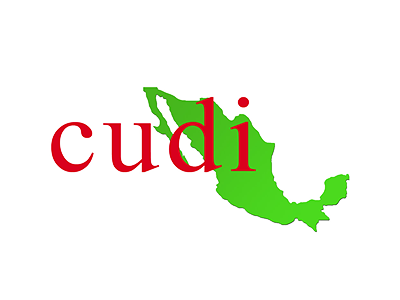
One event delivers remote surgical training to 1000+ Mexican physicians
More than 1,000 physicians were trained remotely in Mexico during a single event in 2015 by using high-definition videoconferencing technology and advanced academic networks. Training on this scale aims to improve health outcomes for more people across the country.
At the XLIII National Meeting of the Mexican Association of Gastrointestinal Endoscopy a series of live surgeries was performed from the National Cancer Institute in Mexico city, located in the central part of the country, and transmitted to the Mazatlan International Convention Center, the headquarters of the national meeting, located about 800 km northwest.
The purpose of this transmission was to enable a group of specialists to perform live surgeries that demonstrated the advances in endoscopic procedures to the participants in the remote venue. Remote training removes the cost and time factors that often prevent physicians from travelling distances to attend training sessions.
The technical requirements for HD delivery
The high definition transmission required a symmetrical bandwidth between 6 and 10 Mbps. In order to guarantee the service, a working team was integrated with the technical managers of the participating institutions, which in collaboration with the staff of the CUDI´s Network Operations Center (NOC-CUDI), the network configurations were also made so that the videoconference service would operate in the NREN with a high definition quality of 1080p from end to end during the session, and using a 6 Mbps transmission channel.
In addition to the broadband network, cutting-edge videoconferencing equipment was used both sides that allowed to handle high-definition input-output signals.
On the transmission side, the signal was received from the medical devices and on the receiving side the high-definition signals were delivered to the multimedia projection systems, both in 1080p (Full HD) format using HDMI interfaces.
Until a few years ago, distance training using HD formats in this way was unimaginable. Distance training up to then was only possible via costly technologies and using standard definition videoconferencing systems, similar to video in VHS format.
Remote training of physicians and technologists
As well as providing an opportunity for training a large number of geographically dispersed physicians, telemedicine events like this one in Mexico also provide opportunities to train and up skill technologists, opening the door to other innovative uses of research networks and videoconferencing technologies for delivering remote education and training programs.
“This would not have been done without the participation of the CUDI´s Health Community, the Technical Group of Videconferencing and the NOC – CUDI, who worked in coordination with the Japanese team of Kyushu University, leaders of the TEMDEC Project and with the National Cancer Institute which provided outpatient operating rooms for patients who were operated on and where connectivity was performed to transmit it to Mazatlan through the Mexican NREN, “said Salma Jalife coordinator at CUDI.
The CUDI work team gained a great deal of experience in delivering high-definition signal transmission (similar to Bluray) using the advanced network infrastructure as well as state-of-the-art (H.323) video encoders. In this way, the Mexican NREN makes these technologies available to its members for the benefit of its institutions and academic activity in Mexico.
Story by: José Luis Rodríguez, Videoconference coordinator
For more information please contact our contributor(s):

